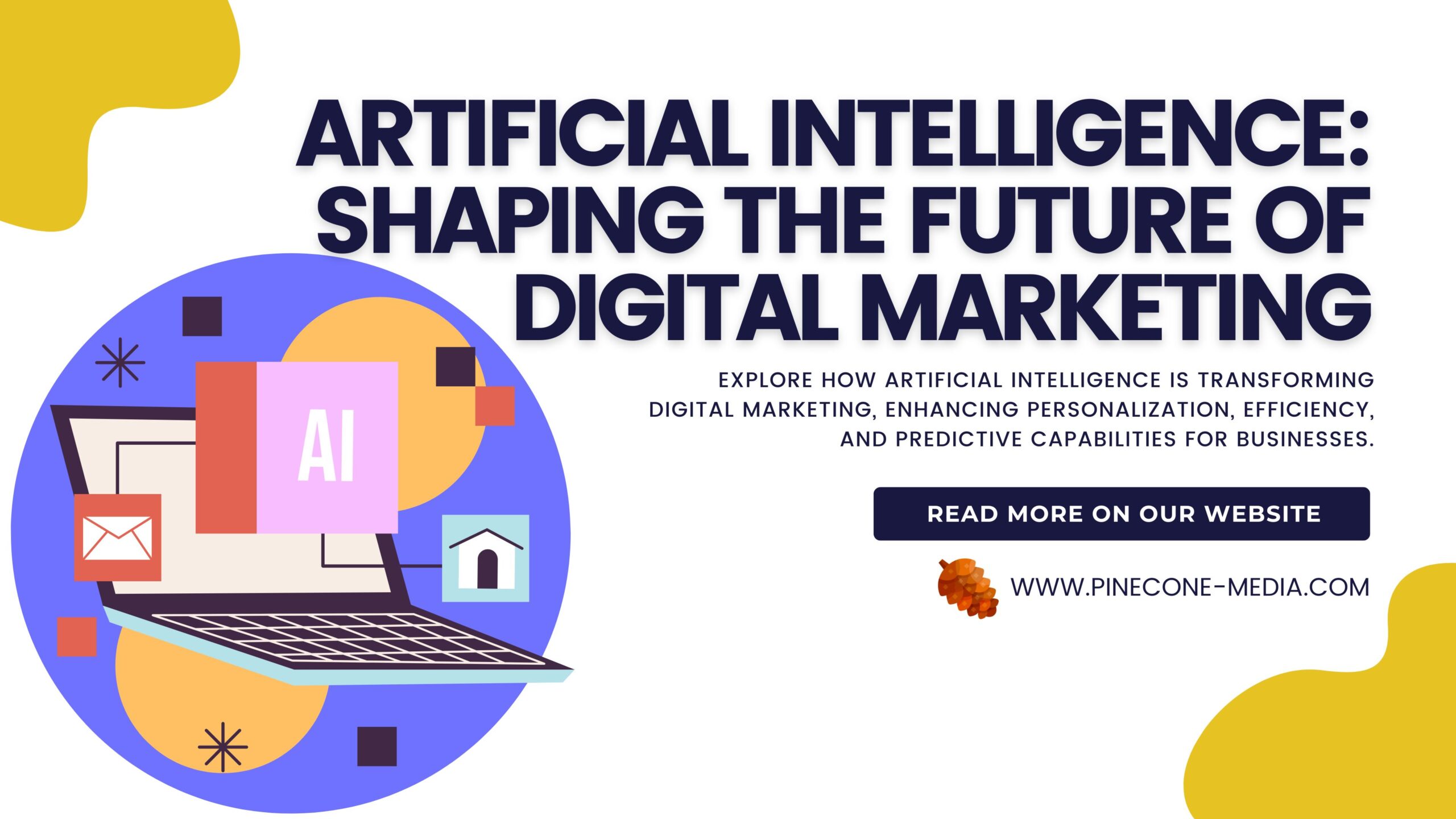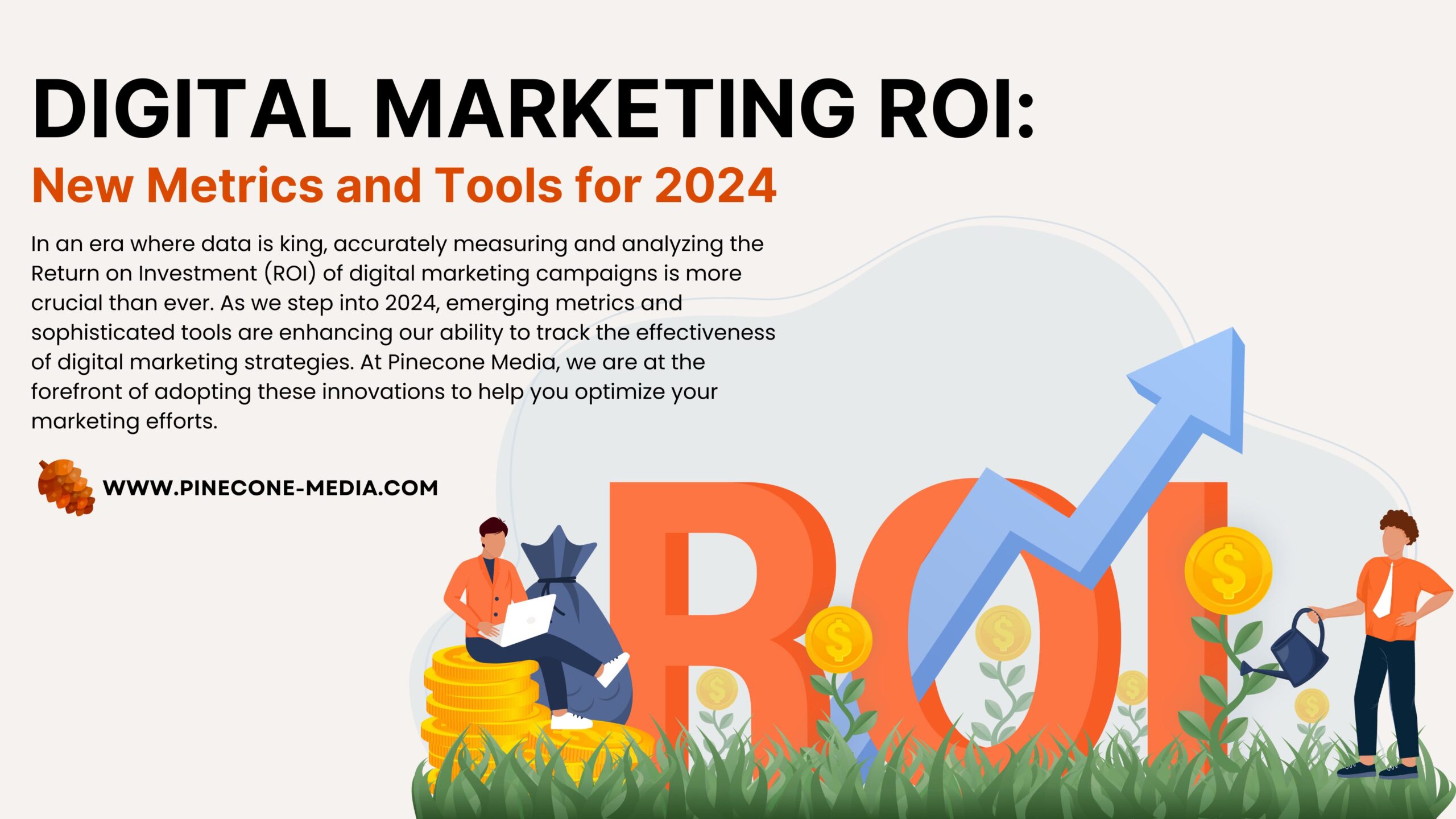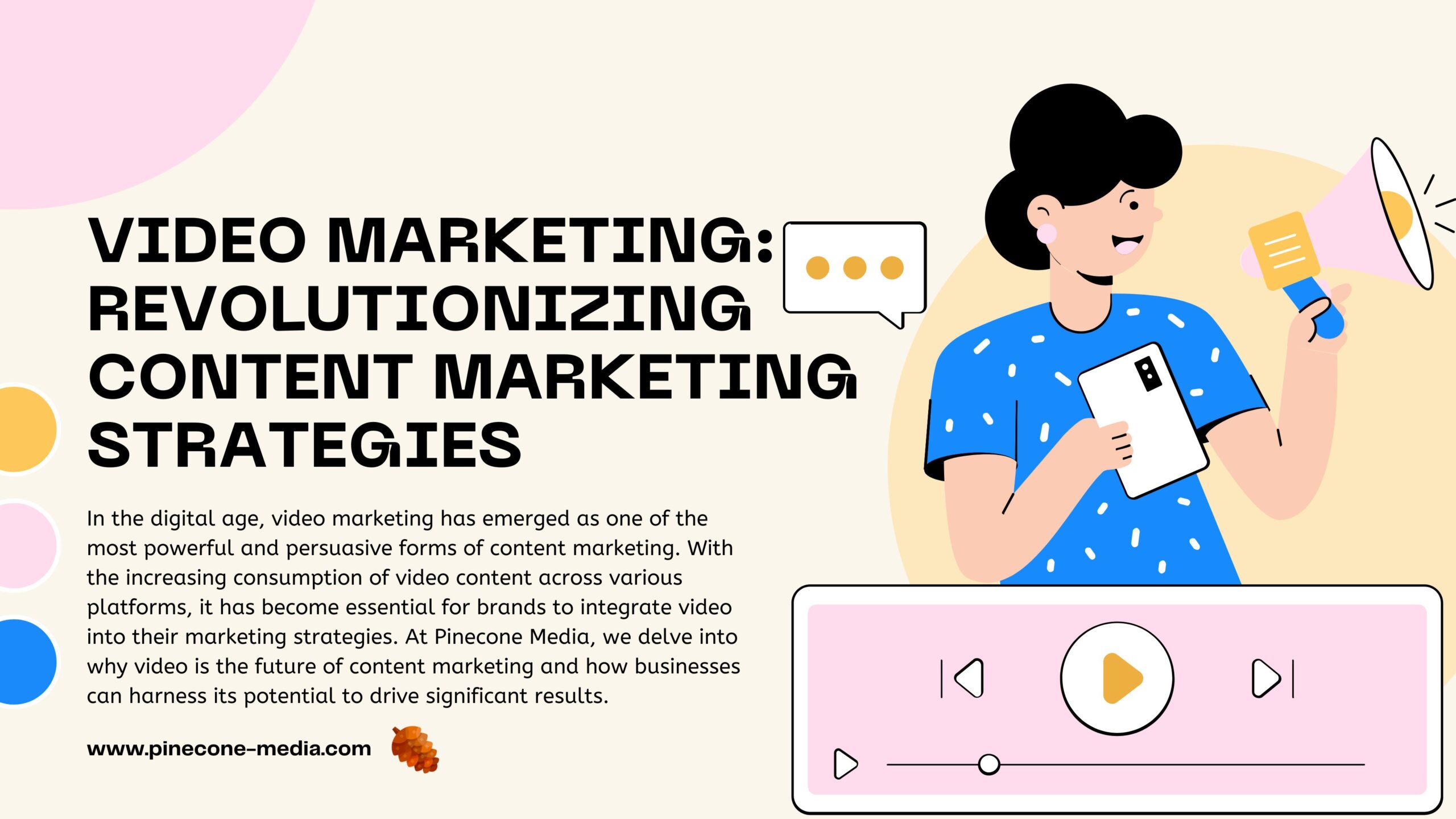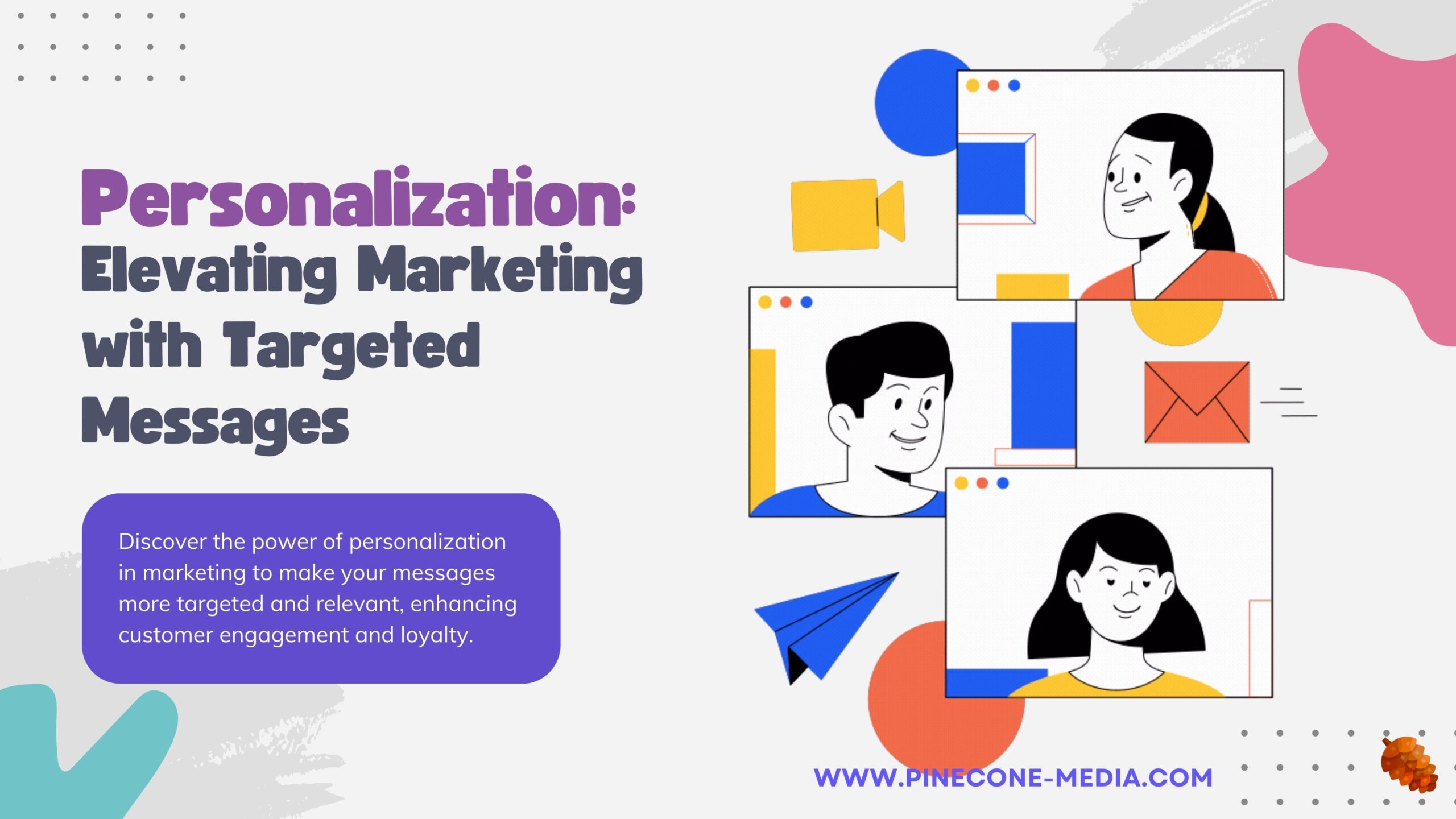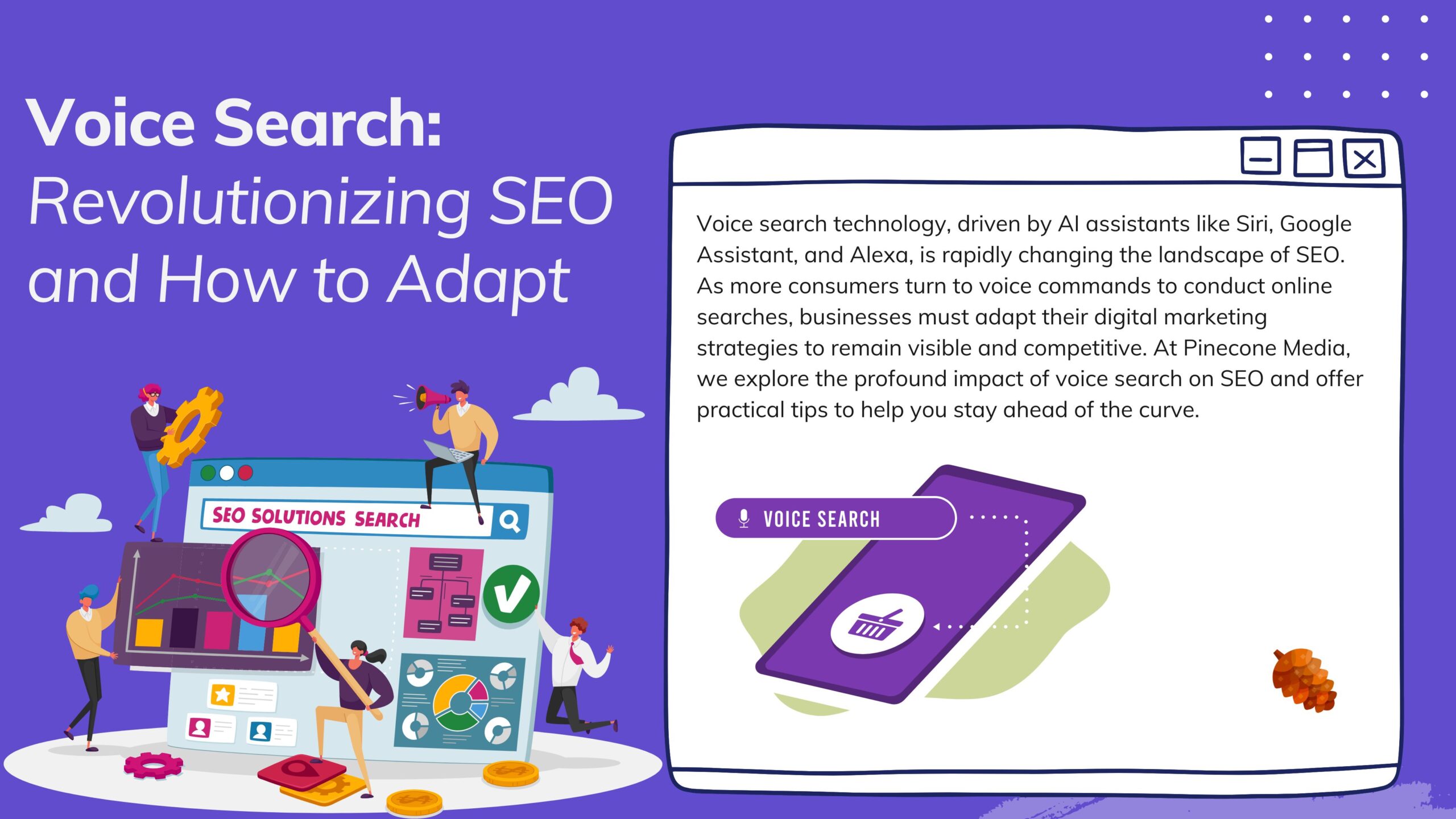AI in Digital Marketing: Shaping the Future
Artificial Intelligence: Shaping the Future of Digital Marketing Artificial Intelligence (AI) is revolutionizing industries across the globe, and digital marketing is no exception. As we delve deeper into the 21st…


